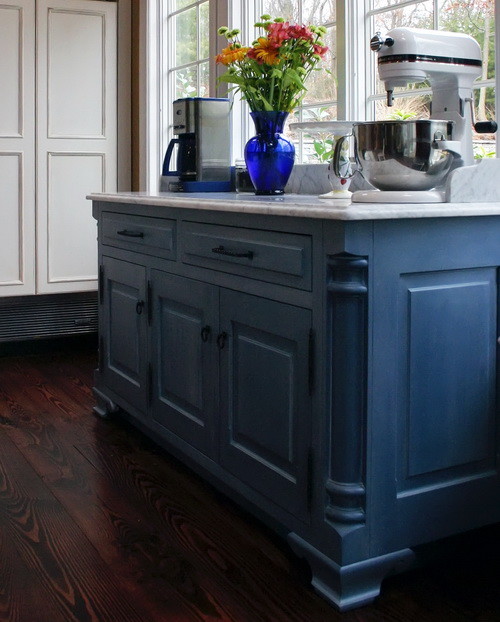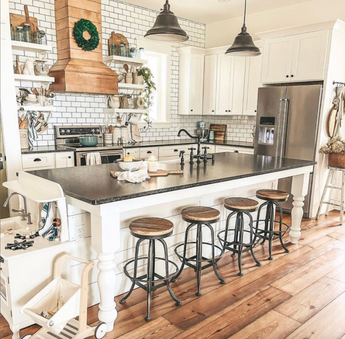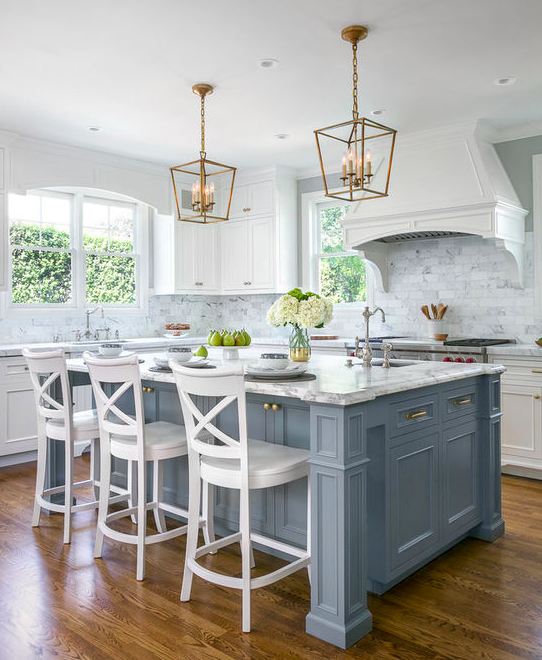Essential Tips for Selecting the Perfect Table for Your Kitchen
Choosing the perfect eating table for your kitchen is more than simply a matter of preference; it necessitates a complete understanding of your space and requirements. The form of the table plays a critical duty; while rectangular tables fit bigger locations, round ones foster intimacy, and extendable choices supply flexibility. The table must integrate with your kitchen's looks and suit your family conveniently.
Procedure Your Room
Selecting the suitable eating table begins with a precise evaluation of your readily available room. This foundational step makes sure that the table not just fits pleasantly within the room but likewise matches the total format and capability of your dining area. Begin by measuring the dimensions of the space, taking into consideration entrances, home windows, and any type of existing furnishings. This will help you figure out the optimum allowable size for your table.
It is important to leave appropriate area for chairs to be drawn out and for individuals to relocate around the table without obstruction. A general regulation of thumb is to enable at least 36 inches of clearance from the edge of the table to the nearest wall surface or item of furniture.
In addition, think of the number of individuals you typically amuse and whether you need extra space for visitors. Selecting an extendable table can give versatility, permitting you to fit differing numbers of restaurants. By precisely gauging your area, you prepared for choosing an eating table that enhances both the aesthetics and performance of your eating area.
Select the Right Forming

On the various other hand, round tables are outstanding for smaller sized kitchens or intimate events, as they advertise conversation by enabling everybody to face each various other. They also give a sense of coziness and can fit well in tighter rooms due to their lack of sharp edges. Oblong tables offer the very best of both worlds, integrating the size of rectangular tables with the affection of rounded ones, making them versatile for different setups.
Square tables are an additional option, specifically suited for square-shaped spaces. They develop a symmetrical and contemporary appearance, cultivating an equal eating experience for all seated. Nonetheless, they may be much less practical for larger celebrations unless they feature extensions. Ultimately, the form you select should align with your space measurements and way of life to ensure both type and feature.
Product Considerations
When picking an eating table, product considerations are paramount in establishing the table's longevity, maintenance needs, and total aesthetic. Wood is a timeless selection, providing timeless appeal and effectiveness.
Glass-topped tables provide a modern-day, smooth appearance and can make a space appear bigger due to their openness. They require frequent cleaning to prevent spots and finger prints. Furthermore, tempered glass is recommended for its extra stamina and safety and security.

Finally, composite products like MDF (Medium-Density Fiber board) or plywood are economical options. These materials can imitate the appearance of strong timber yet might not provide the very same durability. They are normally simpler to tidy however can be susceptible to water damages if not effectively sealed.
Inevitably, the option of material must align with your cooking area's design, your lifestyle requires, and your budget restrictions. (kitchen island legs)
Seating Capability and Comfort
Just how do Website you figure out the ideal seating ability and comfort for your table? This critical step includes assessing both the physical area readily available in your kitchen area and your household's practical demands. Begin by measuring your kitchen area to make certain the table fits conveniently, enabling at least 36 inches of clearance around it for simple activity. Consider the number of individuals that generally dine with each other, as this will certainly influence the table size. For a household of 4, a rectangle-shaped YOURURL.com table of 48 inches long or a round table with a 48-inch diameter is normally enough.
Convenience is similarly necessary. The height of the table must preferably be around 30 inches, supplying a well balanced ergonomic position for seated diners. Chairs ought to sit elevation of 18 to 20 inches to ensure a comfy dining stance. Additionally, consider the chair style; upholstered seats and encouraging back-rests can enhance dining convenience significantly, specifically during long term dishes.
Style and Visual Appeal
Choosing an eating table that matches your style and looks entails stabilizing individual preference with the existing design of your eating room. The table is usually the focal point of the cooking area, and its layout must match the overall style of the space. Whether your kitchen boasts a modern, minimal look or a rustic, farmhouse charm, content the table you pick need to balance with these elements to develop a cohesive and inviting atmosphere.
Consider products very carefully; wood offers a classic charm and can vary from abundant mahogany for a conventional want to lighter oak for a modern feeling. Metal and glass tables, on the other hand, can introduce a streamlined, commercial edge to your kitchen. Do not neglect the table's form-- rectangular tables are functional and timeless, while round and oval options can cultivate a more intimate dining experience.
In addition, pay close interest to surfaces and details. A distressed coating might include personality and warmth, whereas a glossy surface area can contribute to a clean, modern aesthetic. Inevitably, your table must not just fit effortlessly into your cooking area's style yet likewise mirror your personal design, elevating the room both functionally and visually.
Verdict
In conclusion, choosing the suitable dining table for a kitchen area necessitates cautious evaluation of room, shape, product, seating capability, and aesthetic harmony. Making certain a minimum clearance of 36 inches assists in comfortable activity, while the selection of shape boosts spatial dynamics. Material selection effects durability and style, making it crucial to line up with the kitchen's general visual. Ultimately, a well-chosen eating table cultivates a welcoming environment and suits the household easily, hence enhancing the dining experience.

When selecting an eating table, product considerations are critical in figuring out the table's resilience, maintenance requirements, and total visual. For a family of 4, a rectangle-shaped table of 48 inches long or a round table with a 48-inch diameter is normally adequate.
Do not forget the table's shape-- rectangular tables are functional and traditional, while round and oval alternatives can cultivate an extra intimate dining experience. kitchen island legs.